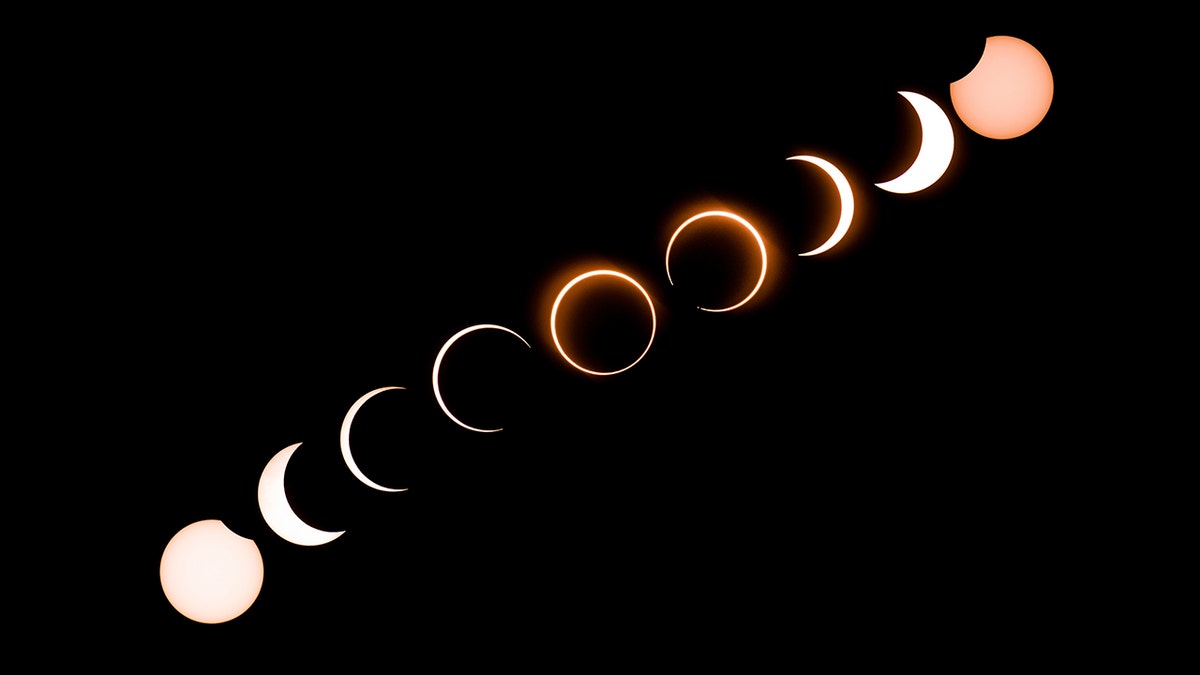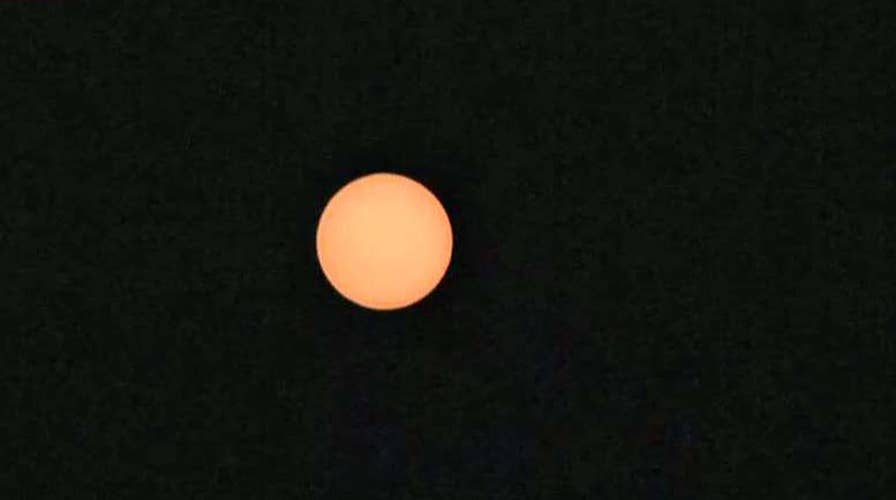Scientists using solar eclipse to further study the sun
Chief astronomer and director of the Franklin Institute Planetarium Derrick Pitts explains what can be learned
The first solar eclipse of 2021 is visible to the Northern Hemisphere on Thursday morning.
The eclipse will appear as a "sunrise event," with the moon passing between the Earth and the sun and partially obscuring the star from view and leaving its outer ring exposed.
The annular "ring of fire" eclipse is set to be best viewed by residents of parts of Canada, Greenland and northern Russia, according to NASA.
BLOOD MOON LUNAR ECLIPSE ENTHRALLS VIEWERS
However, in the eastern U.S. and northern Alaska, a partial solar eclipse – without the annulus or "ring of fire" – is expected to occur, appearing as if the moon has taken a "bite" out of the sun.
Much of Canada and parts of the Caribbean, Europe, Asia, and northern Africa also only get to see a partial eclipse.
Livestreams for the event began in the early morning and viewers in the eastern U.S. were advised to get a clear view of the eastern horizon to observe it.

TOPSHOT - This composite image shows the moon as it moves in front of the sun in a rare "ring of fire" solar eclipse as seen from Tanjung Piai in Malaysia on December 26, 2019. (Photo by Sadiq ASYRAF / AFP) (Photo by SADIQ ASYRAF/AFP via Getty Images)
NASA also cautioned that the use of special eclipse glasses would be necessary to avoid the threat of blindness.
The event was anticipated to last for around an hour and 40 minutes, according to EarthSky, with the "ring of fire" phase lasting almost four minutes at every point along the annual solar eclipse path.
The outlet noted that northerly and easterly locations would see a deeper and longer partial eclipse, lasting for more than an hour over New York City at a magnitude of 80%.
The maximum eclipse over the Big Apple would happen at 5:32 a.m. ET, according to Space.com.
The new moon will be visible at 6:53 a.m. ET, according to NASA.
From Washington, D.C., the agency noted the moon would block around 80% of the sun as it rises at 5:42 a.m. ET, rising higher and eventually ending around 6:29 a.m. ET.
If the weather does not permit a shot of the eclipse or interested parties live in an area without a clear view, the next and final solar eclipse of the year will take place on Dec. 4, with totality only visible from Antarctica and southern Africa.
CLICK HERE FOR THE FOX NEWS APP
NASA started video coverage on YouTube at 5 a.m. ET and the Italy-based Virtual Telescope also streamed the event at the same time.
The next total solar eclipse visible from the U.S. will be on Apr. 8, 2024.


